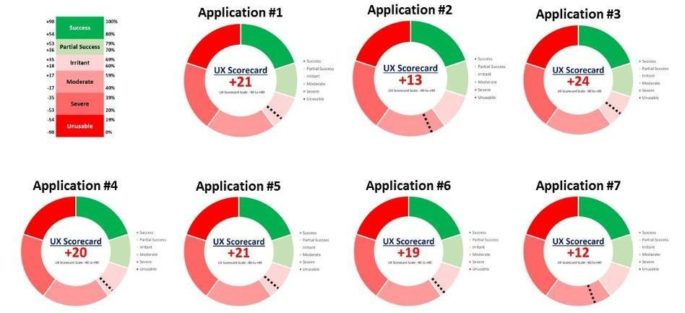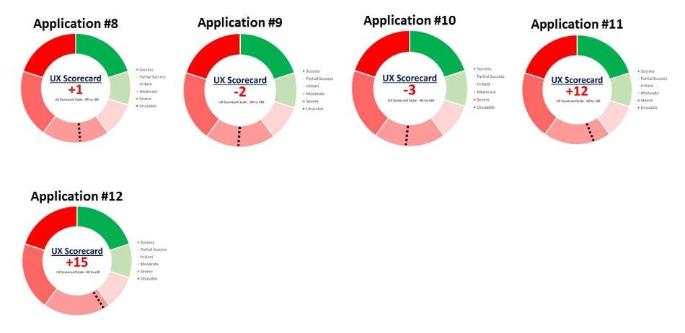Heuristic (expert) reviews are excellent tools for understanding and measuring websites and web applications. They allow for consistent measurement, giving stakeholders a means to quantify success when undertaking improvement/enhancement projects. Perhaps the most valuable reason to use heuristic reviews is that the most glaring issues that keep an applcation from succeeding can be identified and corrected prior to conducting more extensive research and end-user testing.
A typical heuristic review considers ten categories:
- Features and functionality: How the user meets common goals and objectives
- Homepage/Starting Page: A clear snapshot and overview of the content, features, and functionality available.
- Navigation: The navigation schema and browser standard functions.
- Search: A consistent, easy to find and easy to use search function is available.
- Control and feedback: Prompt and appropriate feedback is given and users can easily undo, go back, and change or cancel actions.
- Forms: Complex forms and processes are broken up into readily understood steps and sections.
- Errors: Errors are clear, easily identifiable, and appear in appropriate locations.
- Content and text: Content available is appropriate and sufficiently relevant, and detailed to meet user goals.
- Help: Online help is provided and is suitable for the user base. Where appropriate, contextual help is provided.
- Performance: Site or application performan, errors, and reliablity issues have an impact on user experience. Possible user configurations are supported.
A dozen of an organization’s legacy applications were reviewed with this methodology and found to have systemic failures that consistently reduced usability and user satisfaction.

